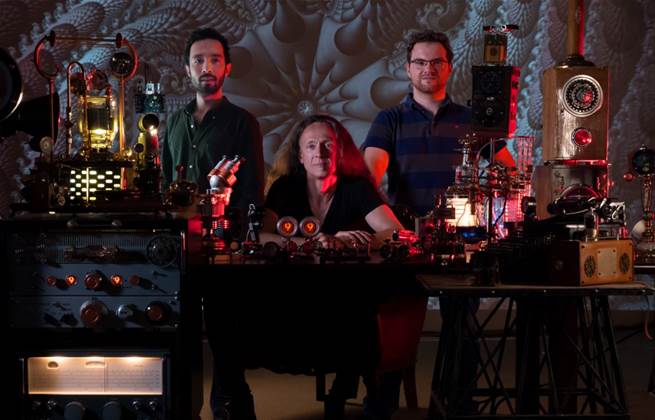UNSW researchers have established a viable solution for 99 percent accurate quantum computing processing using silicon.

The UNSW team, led by Professor Andrea Morello and the Netherlands’ Delft University of Technology, led by Professor Lieven Vandersypen used a method called gate set tomography to certify their quantum processors’ performance.
According to Morello, “When the errors are so rare, it becomes possible to detect them and correct them when they occur. This shows that it is possible to build quantum computers that have enough scale, and enough power, to handle meaningful computation.”
"This piece of research is an important milestone on the journey that will get us there.”
This breakthrough in the emerging technology paves the way for real world manufacturing and application of quantum chips that are compatible with current silicon chip factories.
Morello et al’s achievement comes after his previous demonstration that through isolating nuclear spins from their environments he could preserve quantum information in silicon for up to 35 seconds.
According to Morello, this is nearly a million times longer than both Google and IBM’s superconducting quantum computers whose preservation lifetime is approximately a hundred microseconds.
“In the quantum world, 35 seconds is an eternity,” he said.
However in isolating the qubits in this way, they were unable to interact with one another — which is critical in computational performance.
The scientists’ response to this roadblock was to use an electron made up of two nuclei and two phosphorus atoms.
According to an author of the recent Nature publication, Dr Serwan Asaad, “This really is an unlocking technology.”
“The nuclear spins are the core quantum processor. If you entangle them with the electron, then the electron can then be moved to another place and entangled with other qubit nuclei further afield, opening the way to making large arrays of qubits capable of robust and useful computations.”
As the quantum breakthrough is compatible with the broader semiconductor industry, according to Morello, with error rates below 1 percent, they can now begin to design scalable and reliable silicon quantum processes for computational calculations.


.png&h=140&w=231&c=1&s=0)
_(22).jpg&h=140&w=231&c=1&s=0)





_(26).jpg&w=100&c=1&s=0)

 iTnews Executive Retreat - Security Leaders Edition
iTnews Executive Retreat - Security Leaders Edition












_(1).jpg&h=140&w=231&c=1&s=0)



